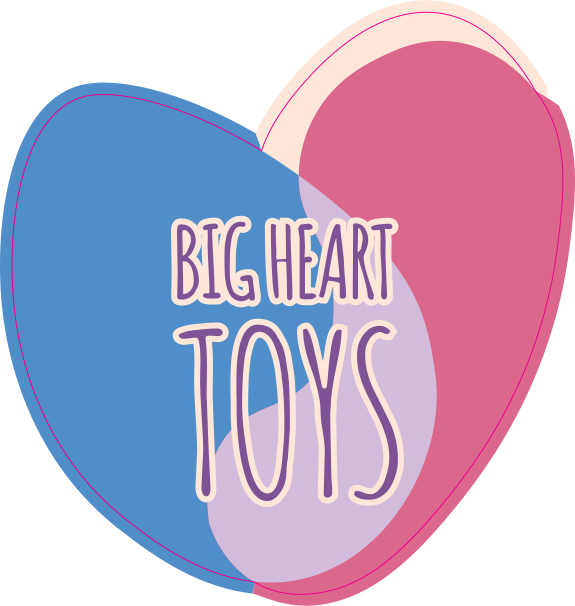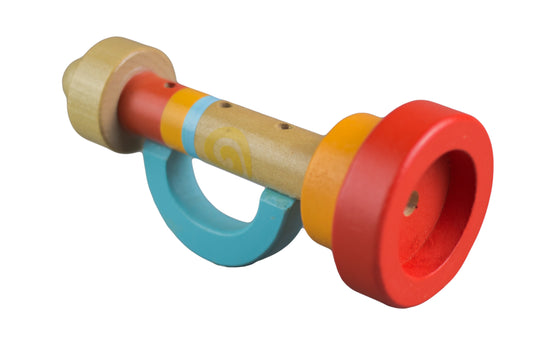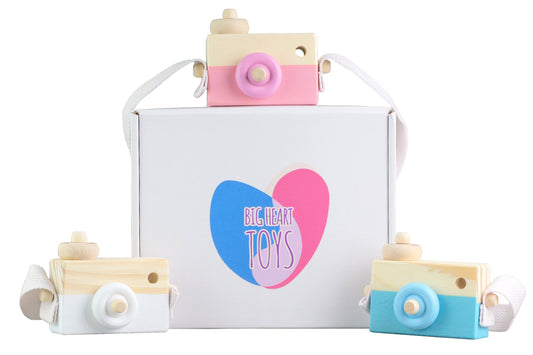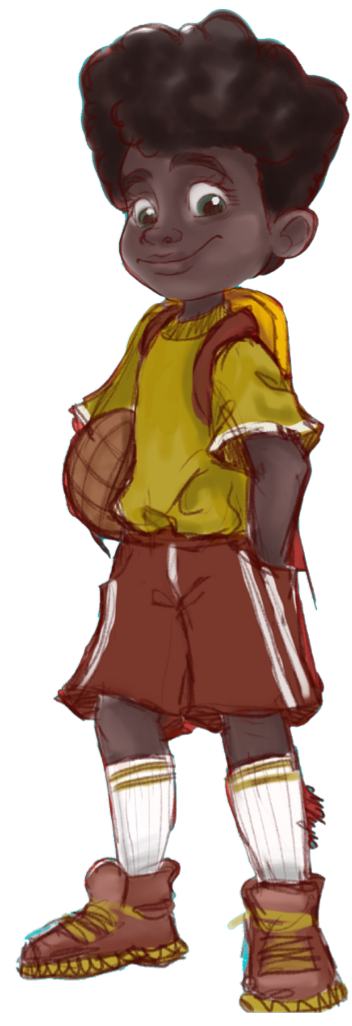Many young children struggle with anger, irritability, and aggression, often falling into temper tantrums and showing signs of aggressive behavior.
Several instigating factors may contribute to angry outbursts and conditions that may worsen anger issues. Stress at school, disruptions in home life, and other factors may come into play.
Anger, in general, is a normal feeling that everyone experiences at times. However, some struggle with increased anger which affects their overall happiness levels. Children struggling with anger may not understand why they are feeling this way or how to calm themselves down. Children may struggle to understand big emotions, especially putting these big feelings into words.
As parents, we can help determine the root cause of our child’s anger and try to help them find ways to resolve it.
Is This Level of Angry Behavior Normal?
When determining if your child’s anger and meltdowns are typical or something that needs extra attention, look at the frequency and severity of the anger.
Questions to ask yourself:
- How frequently is my child experiencing angry feelings?
- Is their anger affecting their overall happiness, friendships, or relationships?
- Can my child’s behavior be managed in a healthy way, or is it a challenge?
- Are they easily angered by simple things that cause them to lose self-control?
The answers to these questions will help determine if you may be dealing with an anger issue in your child’s life. Anger becomes a concern when it is a frequent or too-fast reaction to something in daily life.
When younger or older children are experiencing anger frequently or reacting with anger when a situation is not generally a big deal, they may be experiencing anger issues.
When children experience abnormal levels of anger, this can lead to a decline in mental health, increased anxiety, physical reactions, and even blood pressure issues.
Effect on Behavior
When a child is angry, they may lose control of their emotions and behavior. It can cause outbursts or explosive behavior. This can have a negative impact on relationships, cause trouble at school, or lead to embarrassment.
Anger and other “big emotions” can lead to yelling, violence, and harmful behavior. Imagine a child at school having an angry outburst and throwing chairs across the classroom. The consequences of this behavior might be dramatic, with school officials needing to intervene.
Once a child is calm, they might feel embarrassed or regretful. In some cases, this behavior can lead to negative reactions from peers and influence a child’s social life.
When an angry child has frequent outbursts, they could feel that they are in trouble 24/7. It may give them the feeling that they are a “bad egg” or always doing something wrong. In reality, if a child feels angry much of the time and struggles to balance emotions and behavior, this might signal a more in-depth issue.
First, we must recognize the cause of anger and look into ways to help to prevent further unpleasant consequences.
What Are Some Causes of Childhood Anger Problems?
Every child will have their own unique triggers that set them off and can lead to bad behavior. Identifying these triggers is the first step to determining the root cause of the anger and getting the help that your child needs.
In some cases, neurodivergent learners may face some roadblocks in school or home settings where others struggle to understand what these students are trying to communicate, resulting in anxiety, angst, and anger.
In other cases, overstimulation, which can come from sensory sensitivities, can lead to overwhelming feelings and frustration. These big emotions could be released in a way that looks like anger.
More examples could include those children who have difficulties with sharing and may become angry when something of theirs is taken. Others can’t stand to lose a game they are playing. All children are unique — what may vex one child could barely affect another.
Differences in Children’s Window of Tolerance
Here’s an example scenario:
No one would like being pushed in line, but a child struggling with anger issues may not be able to say something calmly or tell the teacher. The reaction is the key point here.
Rather than expressing feelings and frustrations through words, they react angrily through actions. This is what sets apart children with anger issues.
Some children react angrily when overstimulated or overwhelmed. Being in a situation where they feel a lack of control can cause them to have an outburst. Every child has a window of tolerance, and when they exceed this window, their feeling of anger may outweigh their actions.
Identify the Pattern or Potential Root Cause
Taking note of angry outbursts can help determine if there is a pattern or common cause for the anger your child experiences. This can be as simple as keeping a notepad and identifying when the outburst occurred, what possible triggers lead to it, and what behavior occurred during the event.
There are a few common reasons a child may experience a more extreme level of anger:
- Environmental factors, such as being around anger, can influence a child to feel some big feelings. Children learn from what they see, so if they are frequently around people who react to situations with anger, they may be likely to think this is typical behavior and mimic it.
- Bullied children often struggle with anger issues and misbehavior as a result of emotional pain. Bullying can lower a child’s self-esteem and sense of self-worth. When a child is feeling this way, the overwhelming feeling of emotion can result in anger.
- Stress related to school, sports, relationships with family members, educators, and caregivers, or external influences can cause a child to feel overstimulated and angry, triggering a “fight or flight” response.
- Feelings of embarrassment can make a child feel angry. When they do something that embarrasses them, and they don’t know how to respond or react, they may become angry.
- Music and television are surprisingly strong influences on both small children and older kids. Keep an eye on what your child is listening to, watching, or searching on the internet: What they see is what they learn.
Identifying an Outburst
Anger itself is not always a negative emotion. It can be useful and even beneficial at times.
After all, the world is not a perfect place, and things happen that require an angry response. Anger can help children understand the difference between right and wrong, so they can stand up for what is right.
An anger-filled outburst is all about the reaction to an event. Sometimes, things occur that warrant an angry response.
Two things to consider are: Did the situation at hand warrant an angry response? If the anger was warranted, is the level of anger justified? The feeling of anger itself is normal, but the behavior that follows determines if an outburst is occurring.
Outbursts of anger typically have signs that they are coming before they happen. For example, a child might start whining or complaining, hold their ears, get red in the face, or start pacing.
Logging a child’s anger patterns can help identify your child’s specific signs so you can prepare when an outburst is coming.
How To Help a Child Calm Down
There are many methods to help an angry child calm down, but not all may be effective for your specific child. For this reason, it’s a good idea to talk about and try out multiple methods to determine which ones work best.
This may facilitate some trial and error, which is perfectly fine! Remember, you’re looking for a long-term solution, not an immediate fix.
Some common soothing methods are:
- Counting backward from 100 or ten (age dependent). The practice and intentionality of counting backward allow the child time to calm down and restart.
- Deep breathing exercises calm the central nervous system and allow relaxation and a release of stress.
- Intentionally tensing up the body and releasing the tension one area at a time gives the child a feeling of control.
- Removing overstimulation by leaving the room or going for a walk can help a child take time to calm down and reset their emotions.
- Exercise can help redirect any built-up energy a child is feeling and give them a healthy outlet.
- Taking a break and utilizing sensory items can help regulate and calm a child’s central nervous system and decrease anger.
When choosing calming methods, understand that these things don’t necessarily come naturally to a child. It’s best to talk about them, model and practice with your child during a calm time, and coach them through it when feeling angry.
When done this way, it will help a child eventually learn to practice these methods independently. We want the end goal to be a child recognizing their own anger, controlling their behavior, and self-soothing.
Social stories can help a child practice ways to manage their anger. These are best read in calm settings when a child is not feeling angry, so they can understand the story, comprehend the lesson being taught, and add ideas to their toolbox for future reference.
Working Together
Including your child in the plan to work on their anger can be a very powerful and effective move. Allow them to have a say in the choices that are being made or in what method they feel could help to resolve their anger.
One easy way to include them is to talk through some favorite soothing methods and allow them a choice when they are feeling angry. You may ask them if they want to practice taking deep breaths, counting backward, or practice easing physical tension. Giving them the ownership and power of choice is a great way to raise a self-aware child and model self-regulation.
Growing and Learning One Step at a Time
While anger is a natural reaction, anger leading to inappropriate behaviors can yield unpleasant side effects.
When helping a child work through feelings of anger, consider the cause and triggers of the anger, what environmental factors could be leading to the anger, and the most efficient ways to resolve it.
While anger in children is difficult for them to manage, it’s just as difficult for you to try to help them through it. Give yourself a pat on the back and know that just by identifying the problem and reaching out, you’re taking the first step to helping your child.
Sources:
Aggressive Behaviour | Autistic Children and Teenagers | Raising Children Network
Angry Kids | Dealing With Explosive Behavior | Child Mind Institute
Helping Your Child with Anger Issues | NHS
Why Do Kids Have Tantrums and Meltdowns? | Child Mind Institute
Sensory sensitivities: autistic children and teenagers | Raising Children Network
Stress and the Developing Brain | Center for Early Childhood Mental Health Consultation






